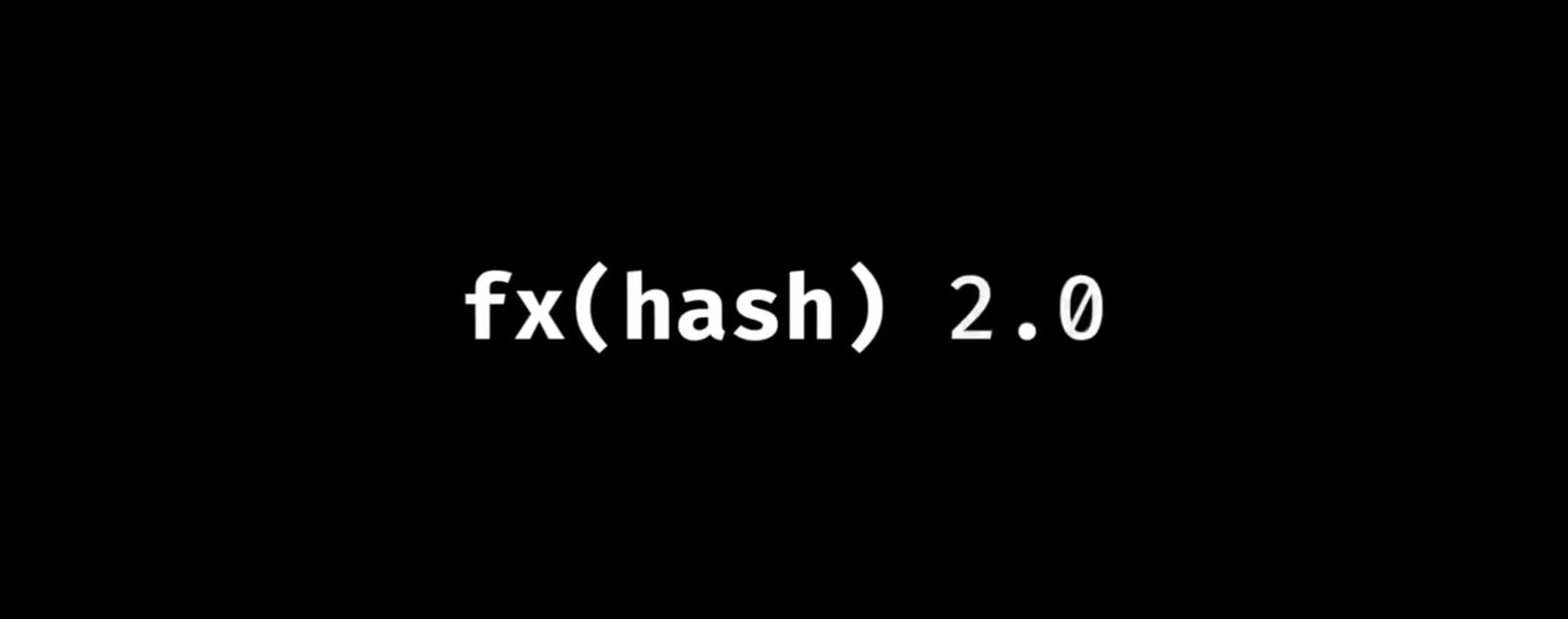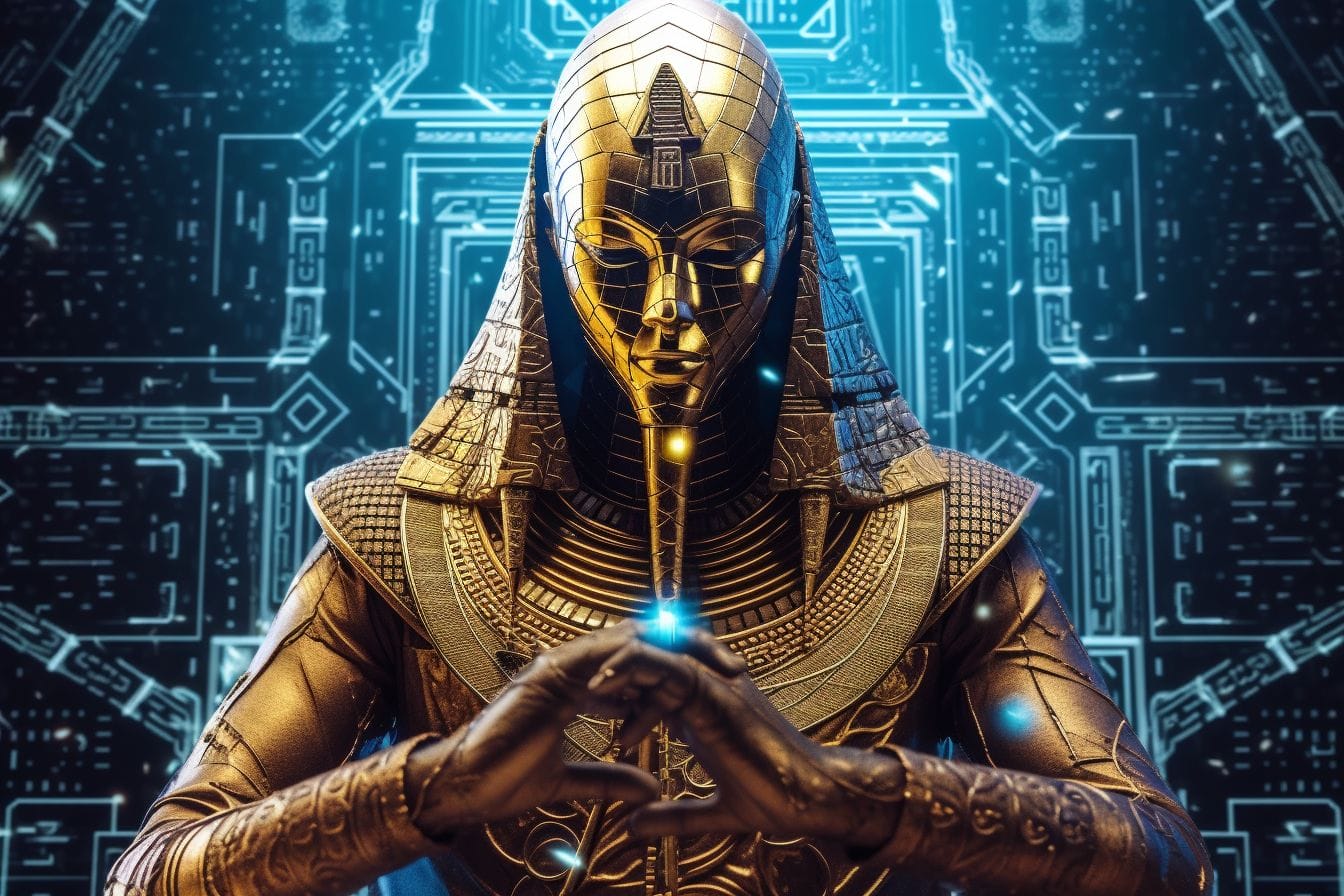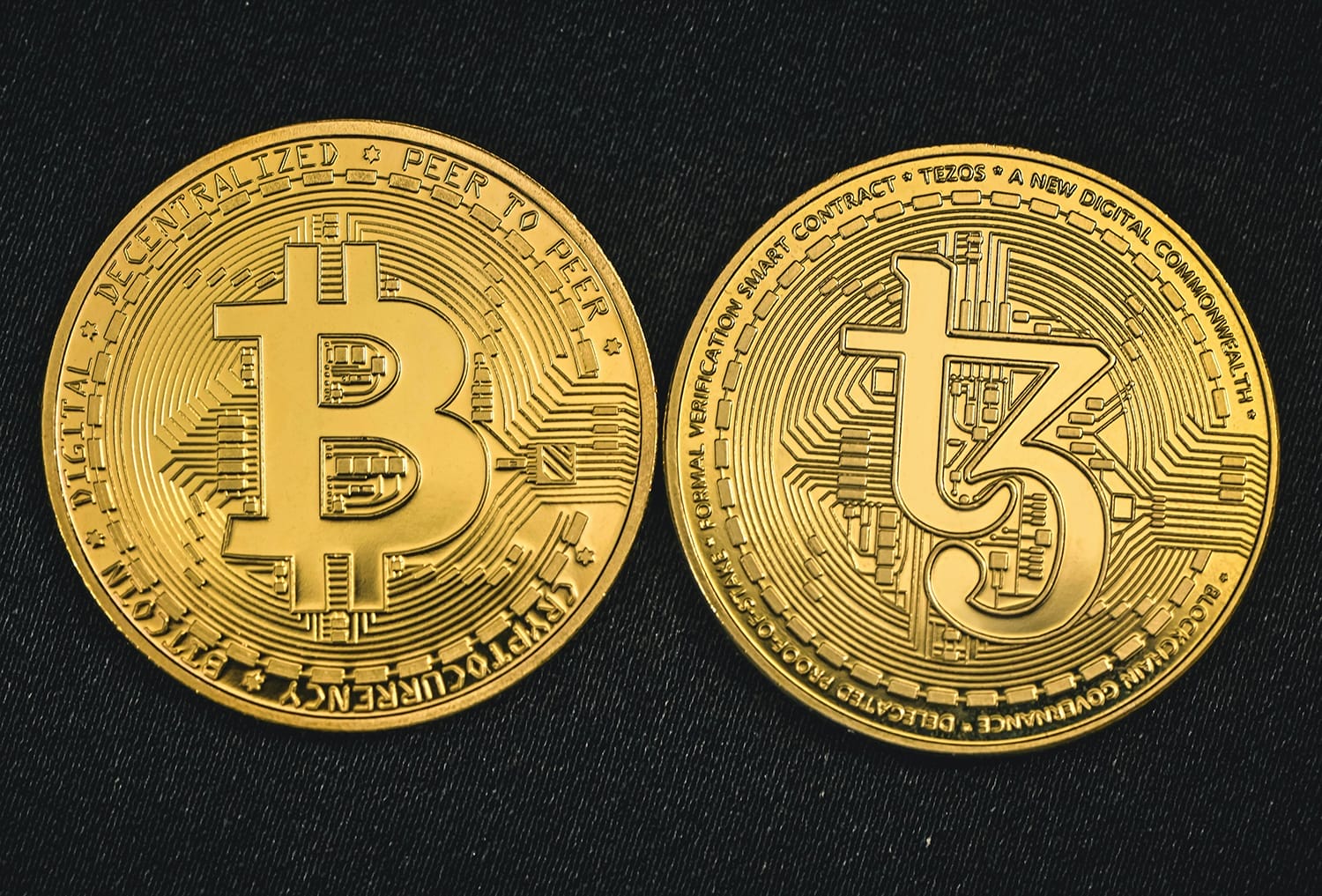Osiris
Osiris is a revolutionary project bringing the first EVM Optimistic Rollup to the Tezos blockchain. It enhances Tezos’ scalability and opens doors to advanced functionalities, including Ethereum smart contracts, creating an inclusive environment for blockchain developers.
Osiris harnesses Tezos rollup technology building EVM kernel, and plans the deployment of an EVM rollup similar to Arbitrum or Optimism.
Osiris is not going to create an EVM rollup from scratch, but will use and deploy the rollup that tezos cores devs are building (Nomadic labs, Trilitech and others).
What are Optimistic Rollups?
Before delving into the specifics of Osiris, it’s essential to understand what Optimistic Rollups are.
They represent a Layer 2 scaling solution that enables more transactions per second (TPS) while retaining the security of the underlying blockchain (Layer 1).
The primary concept is that most computations and state storage are handled off-chain, thereby reducing the load on the main chain.
Each rollup includes a snapshot of the chain’s state at a particular point in time. Transactions within a rollup are executed off-chain, and only the final state is posted to the main chain.
The “optimistic” aspect arises from the assumption that transactions within the rollup are honest and valid. However, each state update can be challenged by network observers and, if found to be false, can be rejected to ensure security.
A significant feature of Tezos’s rollups is the ability to upgrade efficiently through Layer 1 upgrades. This functionality is due to the unique on-chain governance model of Tezos, where protocol changes are proposed, voted on, and implemented directly on-chain.
As a result, Tezos has a history of regular, successful, and smooth protocol upgrades. This means that the base layer of Tezos, upon which the rollups rely, is continually being improved and optimized.
The result is that Tezos’s rollups, including Osiris, are always benefitting from the most advanced and efficient blockchain protocol.
Ethereum Smart Contracts on Tezos
Tezos’s new advancements, including the introduction of Smart Contract Optimistic Rollups (SCORUs), present an exciting opportunity for Ethereum developers.
They can now port and deploy their smart contracts on the Tezos blockchain without making extensive changes to their existing codebase, thereby expanding their projects’ potential user base and benefiting from Tezos’s advanced capabilities.
One of the groundbreaking features of SCORUs like Osiris is their ability to emulate the Ethereum Virtual Machine (EVM).
EVM is the runtime environment for smart contracts in Ethereum. The EVM is a contained environment where smart contract code is executed.
By emulating the EVM, Tezos allows Ethereum developers to leverage the familiar coding language of Solidity and use existing Ethereum development tools.
This interoperability significantly lowers the entry barriers for Ethereum developers, allowing them to bring their projects to Tezos with minimal friction.
Tezos Rollups Vs Existing Ethereum Rollups
Many existing Ethereum rollups necessitate a high level of trust in the teams that deploy and maintain these rollups. Admin keys can play a vital role in managing and upgrading smart contracts on these rollups.
While these keys can serve as a valuable tool for maintaining the contracts, they can also potentially be misused or targeted by malicious actors.
Furthermore, the teams in control of these keys often have significant power and discretion over the rollup’s operations. This creates a centralization risk, as these teams can unilaterally make decisions and adjustments.
This can lead to a centralization of power and control, potentially undermining the decentralized ethos of blockchain technology.
Conversely, Tezos’ rollups, like Osiris, emphasize decentralization. Any participant can become a staker on an Osiris node, contributing to the rollup’s decentralization.
Furthermore, anyone can serve as a refutor, challenging any Osiris node that posts a false commitment to Layer 1. This design encourages broad participation and strengthens the system’s security and trustless nature.
The Osiris Security Model
Osiris’s security is enhanced by a “refutation market.” Each Osiris node publishes a commitment, summarizing all transactions that have been included within a specified time window, and a hash of the final state.
If the commitment is correct, the transactions can be executed off-chain, and users can interact with Osiris as though it were a Layer 1 blockchain.
However, if a node publishes a false commitment, it can be challenged. Any participant in the network can dispute the claim, thereby initiating the interactive refutation game.
“A refutation game is decomposed into two main steps: a dissection mechanism and a final conflict resolution phase. During the first phase, the two stakers exchange hashes about intermediate states of Osiris in a way that allows them to converge to the very first execution step on which they disagree.
During the final phase, the stakers must provide proof that they correctly interpreted this. At the end of the refutation game, the winner will win half the amount of the loser’s stake.”
This dispute-resolution mechanism adds a further layer of security, as it deters malicious actions by establishing an open, transparent, and verifiable process for challenging dishonest behavior.
The Next Chapter
The Osiris project signifies a new chapter in the story of Tezos and its constant evolution by being the first decentralized EVM Optimistic Rollup.
With the introduction of Optimistic Rollups and, more specifically, SCORUs, the Tezos blockchain is open to interacting with a myriad of software systems while maintaining the verifiability of their operations on the Tezos blockchain.
By providing a highly flexible and future-proof base layer that does not exclude popular execution environments like EVM, WebAssembly and Michelson, and also attracting Rust and C/C++ developers, Tezos is placed at the forefront of blockchain technology.
Disclaimer
Not Financial Advice: No content on this website constitutes investment, financial, legal, or tax advice. Users should not construe any such information as a recommendation to buy, sell, or hold any investment or security or to pursue any particular investment strategy.
Read our full disclaimer here.





